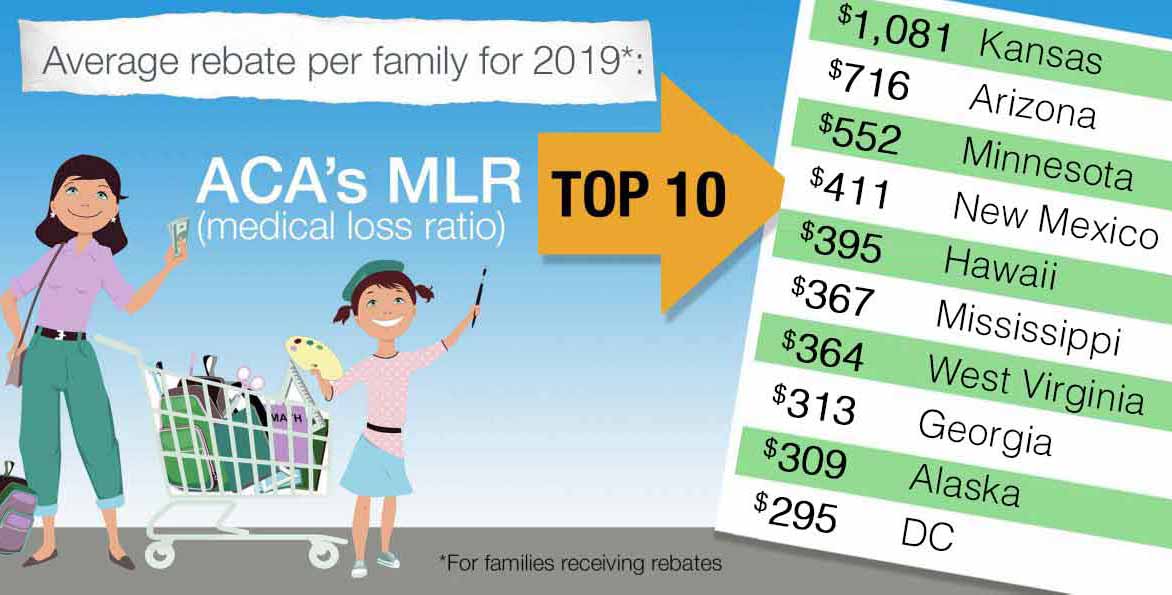Please provide your zip code to see plans in your area.
Featured

Featured

medical loss ratio
What is the medical loss ratio?
Medical loss ratio (MLR) is a measure of the percentage of premium dollars that a health plan spends on medical claims and quality improvements, versus administrative costs. The Affordable Care Act (ACA) set minimum MLR standards for health insurance in the US.
How do medical loss ratio rules work?
Obamacare (the ACA) requires health insurance carriers to spend the bulk of the premiums they collect on medical expenses for their insureds. Individual and small-group carriers must spend at least 80% of premiums on medical expenses, and for large-group plans, the requirement is 85%.
Profits and other administrative expenses can make up no more than 20% (15% for large groups) of premiums collected. If administrative expenses exceed those amounts, the insurer must remit rebates to their insureds.
When did MLR rules take effect?
The MLR rules for individual and group health insurance took effect in 2011. The first rebate checks were issued in the fall of 2012.
How much are the MLR rebates?
The rebate amount is calculated on a three-year rolling average. From 2012 through 2021, insurers had returned nearly $9.8 billion to insureds in the form of rebates for premiums that ultimately ended up being too high (ie, the insurers didn’t spend 80/85 percent of the collected premiums on medical costs and quality improvements).
The rebates that were issued in 2021 totaled more than $2 billion, which was among the largest annual totals since the rule went into effect — second only to the $2.46 billion in rebates issued in 2020. For people who received a rebate in 2021, the average rebate was $205 per person.
Does everyone get an MLR rebate?
No. Most people do not get MLR rebates, because most health plans meet the MLR targets. The rebates that were sent out in 2021 went to about 9.8 million people (4.8 million in the individual market, and 5 million in the employer-sponsored market). That’s a very small fraction of the roughly 183 million Americans who are covered under employer-sponsored and individual health coverage.
But if we only consider the individual market, MLR rebates have been sent to a fairly significant number of enrollees in recent years. There are fewer than 15 million people with individual market coverage in the U.S. In 2021, 4.8 million of them received rebates. And nearly 5.2 billion of them received rebates in 2020. Even in that market, however, the majority of enrollees do not receive an MLR rebate, even in years when the MLR rebates are particularly large (as was the case in 2020 and 2021).
Do MLR rules apply to Medicare and Medicaid?
The ACA imposes a medical loss ratio requirement of 85% on Medicare Advantage plans, but rebates are sent to the Centers for Medicare and Medicaid services instead of to consumers. States can also set MLR requirements of at least 85% for Medicaid/CHIP managed care contracts, but only about half of the states do so.
Related terms
Related articles
Sweeping health reform legislation delivered a long list of provisions focused on health insurance affordability, consumer protections.








